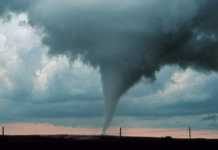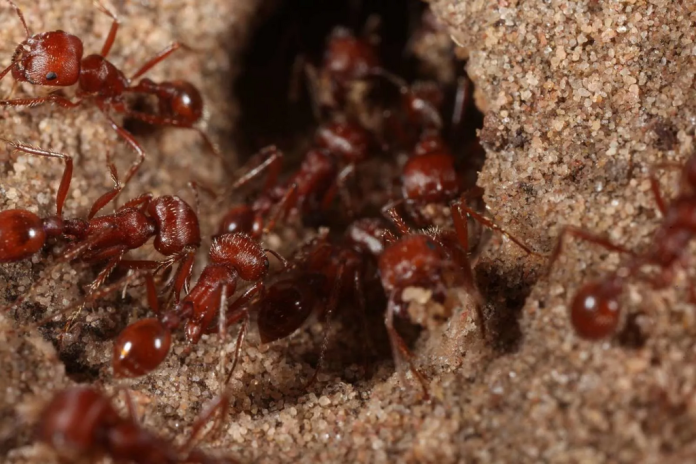The online publication Euronews’ “Green” section posted an article claiming that invasive fire ants are “likely” to spread due to climate change. This claim is a stretch, based on predicted warming from climate models, and makes only brief mention of the fact that Sicily and other parts of Europe are already suitable habitat for invasive fire ants. Not to mention the fact that fire ants currently thrive in North America.
The article, “Invasive fire ants have made it to Europe – and they’re likely to spread as the climate heats up,” is somewhat temperate compared to other fearful predictive posts often covered by Climate Realism, but still reports uncritically on a study that bases most of its warming related claims on climate model projections of future conditions. Euronews claims that the study “warns that, with the help of global warming, the ants could spread across the continent.”
The article goes on to say that the climate in “half of Europe’s urban areas is already suitable for the species,” however this appears to be a mistake, because later it is clarified that half the urban areas sampled are suitable, much of northern and eastern Europe were not included in the study. This is notable because those regions are the most obviously inhospitable to fire ants. The vast majority of the urban areas “currently suitable” are along the Mediterranean coastlines, and all in places where winters are typically mild. Additionally, urban areas tend to be hotter than the surrounding countryside, especially at night and in winter, due to the urban heat island effect.
Fire ants seem well established in Sicily, which was the main focus of the study, as 88 active, well established fire ant nests have been found near busy port cities in the area. Euronews says the ants are most likely from the southern United States, or China or Taiwan, based on genetics. To be clear, just as in the United States, fire ants didn’t migrate to Sicily due to the climate suddenly becoming hospitable to them. Rather the ants were introduced unintentionally as unwelcome passengers via trade from countries they already inhabit.
Euronews does admit that “the ants could establish themselves in 7 per cent of Europe and the Mediterranean under current environmental conditions,” but they go on to assert “projections show that Europe’s environment is likely to become more widely suited for the ants as the climate heats up.”
As admitted, Sicily, along with 7 percent of Europe (according to the study) already has a climate that is suitable for fire ants. Like much of California, Sicily has a Mediterranean climate, specifically according to Köppen climate types, primarily hot-summer Mediterranean climate that is typified by winters that are too mild to kill fire ants off due to the lack of sustained hard freeze periods. While winters in South America, the fire ant’s native habitat, and the southern United States, are more humid, they still lack periods of sustained hard freeze. This gives invasive ants the foothold they need to spread.
The good news is, the U.S. Department of Agriculture released a study that attempted to predict the expansion of fire ant colonies; the ants are largely estimated to remain in areas where the frost depth of the soil doesn’t penetrate too far. The same is likely for Europe, if the invasion isn’t squashed in Sicily fast enough.
To say that fire ants are a threat to all or most of Europe due to projected future warming is more speculation than science.
The study itself relies on model projections from WORLDCLIM v2 scenario SSP245, which while not the most extreme of warming projections, does have an embarrassing recent record of greatly overestimating the warming in the U.S. corn belt, as covered by Climate Realism in “PJ Media, Steve Milloy, and Dr. Roy Spencer Show Climate Models Overestimate Corn Belt Warming.” Most egregiously, they include projections from HadGEM3-GC31-LL, which projected about seven times more warming than has been observed.
Climate Realism has covered just how suspect these models are on many occasions, but mainstream media outlets continue uncritically report model predictions despite their poor track records.
While it is certainly a good idea to get ahead of a European fire ant invasion, as I currently write this Climate Realism post with my foot covered in fire ant stings myself, there is no need to fearmonger over climate change, especially with models that run way too hot. Invasive species are a serious problem for human comfort and safety as well as native species’ health. Euronews should be able to report on a worrying invasion of fire ants and perhaps offer some solutions without tying their coverage to climate alarm.



















